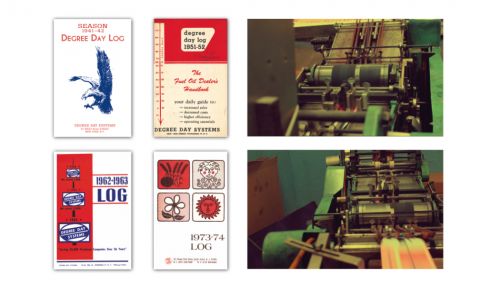All
What Drivers Want

A new survey finds out what it takes to hire truck drivers
It has been a difficult 12 months for the trucking industry, with supply-chain issues, a softening freight market, and volatile fuel prices affecting drivers and carriers alike. Perhaps, the most alarming of all the issues is that even in the context of an economy on the mend, where trucking demand has waned, carriers still find it difficult to hire enough drivers to meet these lowered demands.
In a recent survey conducted by a transportation recruitment agency, drivers were asked about everything from their preference for sign-on bonuses to the specific issues that might cause them to leave their current employer. The answers offer unique insight into where drivers’ priorities lie.
When asked if they were currently looking for a truck driving job, 59.7%, or 990 respondents, said no. That leaves 40.2% currently looking, an increase of 2.5% from the spring 2022 survey and 5.6% over last fall. Of those not looking for a new job, 59.8% are staying because they are happy with their current employer. While 20.5% cited the need for more experience before they could change jobs, other drivers said they were not looking because they were an owner-operater (4.6%), retired from the job (4.8%), afraid to make a move in this economy (6.8%), and other (3.4%). While these numbers are seen as an improvement, with an economy in recovery you will generally see an increase in driver turnover, a fact that companies should be wary of.
One way to attract potential drivers is to offer a sign-on bonus; 54.6% or 886 drivers said that they were more likely to take a job with a carrier that offered a sign-on bonus. While 39.7% answered it didn’t matter, the final 5.7% said they were less likely to take these jobs. Sign-on bonuses may not be a “deal-breaker” in terms of which carrier a driver would choose, but it can’t be denied that they help in the decision to join a new company. Another finding in the survey that cannot go overlooked is the value of online driver reviews. Many drivers look at star ratings or read reviews on potential carriers: 58.4% or 944 answered that they look at both ratings and reviews, 27.3% said they read reviews, 1.2% look only at star ratings, and 13.1% answered they do not read online driver reviews. That is a combined percentage of 86.9% of drivers who will look at some form of review about your company before making a decision. Don’t let bad reviews sink your fleet.
Most fuel delivery drivers are home each night, and that is something potential employees are looking for. If they were required to take a position requiring nights on the road, drivers were asked for the minimum amount of time they needed to be home. The majority, 38.5%, or 624 drivers, responded they needed to be home weekly, while 15.9% answered bi-weekly. Eighteen percent said home time was needed 2-3 times a week, 14.2% said monthly, and 13.3% said they would only consider home-daily jobs. When going through the hiring process, you need to effectively communicate your home time policy to save potential turnover down the road.
On the topic of turnover, 55.6% of drivers said there were multiple issues that led them to resign from a previous employer, 12.4% said they left a carrier for a single reason. At the same time, it is difficult to know if there were problems before the “single issue” became the final straw. Carriers that are upfront with drivers and display honesty are more likely to keep their drivers after a single issue occurs.
Recruiting in the right manner is important when it comes to finding qualified employees to join your fleet, and carriers need to be sure their recruiting strategies aren't stuck in the past. Today, that means including videos in your recruitment efforts, and placing them appropriately. By a large majority, drivers are watching on YouTube: YouTube is the first choice for drivers, at 88.1%. That was followed up by Facebook at 39.6%, TikTok at 22.9%, Instagram reels at 16.2%, and YouTube shorts at 12.7%. Another change to consider: the application form needs to be revised to meet the needs of drivers applying from their smartphones. An overwhelming majority of drivers, 78.5%, stated that they favor a short form application over a longer form. Data has shown that the short form application is an excellent way of receiving pre-qualification information from drivers to begin the recruiting process.
The world is changing, and so is the trucking industry. Companies need to be adaptable to the needs of their drivers. This may mean altering policies to offer a sign-on bonus or changing your recruiting strategy to include online video platforms like YouTube and TikTok. The drivers are out there, it is simply a matter of reaching them.
Related Posts
 100 Years of Helping Fuel Retailers Deliver!
100 Years of Helping Fuel Retailers Deliver!
Posted on August 18, 2025
 U.S. Competing to Secure Critical Minerals
U.S. Competing to Secure Critical Minerals
Posted on June 16, 2025
 The Clean Air Act, the EPA, and State Regulations
The Clean Air Act, the EPA, and State Regulations
Posted on May 14, 2025
 Day Tanks Support Back-up Generators in Extreme Conditions
Day Tanks Support Back-up Generators in Extreme Conditions
Posted on March 10, 2025
Enter your email to receive important news and article updates.
